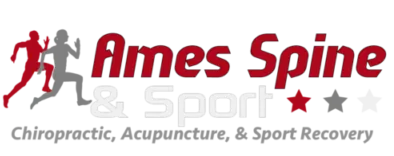It is common to see signs and symptoms of the fall including bruising and swelling at the site of injury that will usually subside within a couple of days to week depending on the location and size. However, what if you notice that the size does not subside or the pain does not go away? What if you have had x-rays that always come back as normal? What could possibly explain the persistent swelling and pain months or years after the trauma?
Most people would probably just write this off as “post-traumatic changes” and just ignore it, but other possibilities exist and should be considered. Two conditions that always jump into my mind when I see a patient who talks about a painful bump within their soft tissues from a previous fall that is still present are myositis ossificans and Morelle-Lavallee lesions.
Both conditions occur secondary to a direct blow/strike/fall to the affected muscle resulting in a collection of blood from soft tissue damage known as a hematoma. Over time, the blood will be reabsorbed during healing, but will leave behind calcium and other minerals which results in a hard “bony” density. When the hematoma forms within the muscle tissues and calcifies, known as myositis ossificans. Myositis ossificans will shrink with age and will traditionally not cause any pain. It can be associated with formation of other aggressive tumors, but this is not common. Myositis ossificans is also easily detected on an x-ray especially when the injury happened a long time ago.
Morelle-Lavallee lesion is similar to myositis ossificans except that Morelle-Lavallee lesions do not occur within the muscle belly themselves like myositis ossificans does, but instead occurs beneath the skin/fat and above the muscle known as the subcutaneous fat/fascial layer.
So why give it two separate names if it is basically the same thing? The real reason is that the conditions can cause different signs and symptoms and may require a different treatment. The easiest way to tell a Morelle-Lavallee lesion from Myositis ossificans is that the Morelle-Lavallee lesions will usually cause pain (Myositis usually does not) and that Morelle-Lavallee lesions can increase in size and pain symptoms over time (Myositis will get smaller or stay the same). MRI is the gold standard to detect these lesions as X-rays will often come back as normal. Diagnostic ultrasound can be very helpful in detecting if the Morelle-Lavallee lesion has a capsule surrounding it which is important for treatment planning because presence of a capsule will almost always require surgical intervention while a lack of capsule can be treated very conservatively and can even lead to spontaneous resolution. Location is another way to differentiate these as Morelle-Lavallee lesions are almost always around the hips and Myositis ossificans prefers the thigh especially around the knee.
Something else that can mimic either of these conditions would be aggressive tumors like soft tissue sarcomas, but the ability to recall the presence of the soft tissue swelling following trauma is the key to thinking Morelle-Lavallee lesions or Myositis ossificans since soft tissue sarcomas usually have no history of trauma.
Myositis Ossificans & Morelle-Lavallee Lesions
posted: Feb. 21, 2021.
